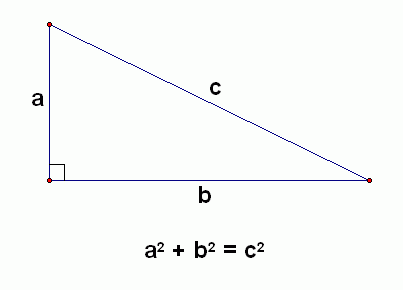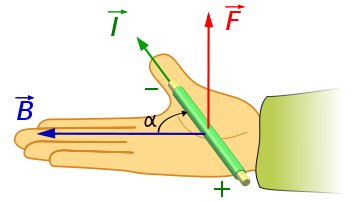Kinetic energy is a form of energy that represents the energy of motion. It is a scalar quantity, which means it has a magnitude but not a direction. It is, therefore, always positive. The kinetic energy, K (or sometimes Ek) is, therefore, defined as:
K = ½mv2
This quantity will always be a non-zero scalar quantity. If the object has a mass and is moving, it will always be positive. It will be zero in the case of a mass less object or an object at rest (zero velocity). The kinetic energy equation, therefore, gives us no information about the direction of the motion, only about the speed.
Potential energy is the stored energy of position. It can be thought of as energy that is “stored” by any physical system. It is called potential because, in its current form, it is not doing any work or causing any change in its surroundings. It does, however, have the potential to be converted to different forms of energy, such as kinetic. The standard unit for measuring such energy is the joule.
When an object is displaced from its original position and there is energy pulling it back to that position, potential energy tends to exist. A ball at the end of a spring, for example, has energy that will be converted to kinetic energy when allowed to return to its original position. A weight held above the ground will, when released, have potential energy as gravity pulls it back to its original position.
One of the major principles of potential energy is the law of conservation of energy, which states that energy can neither be created nor destroyed. The energy expended to lift an object or compress a spring does not simply disappear; it is “stored” as potential energy. It is then released as kinetic energy by a restoring force. The energy input equals the energy output; there is no gain or loss in overall energy. The potential energy, P (or sometimes EP) is, therefore, defined as:
P = mgh






















